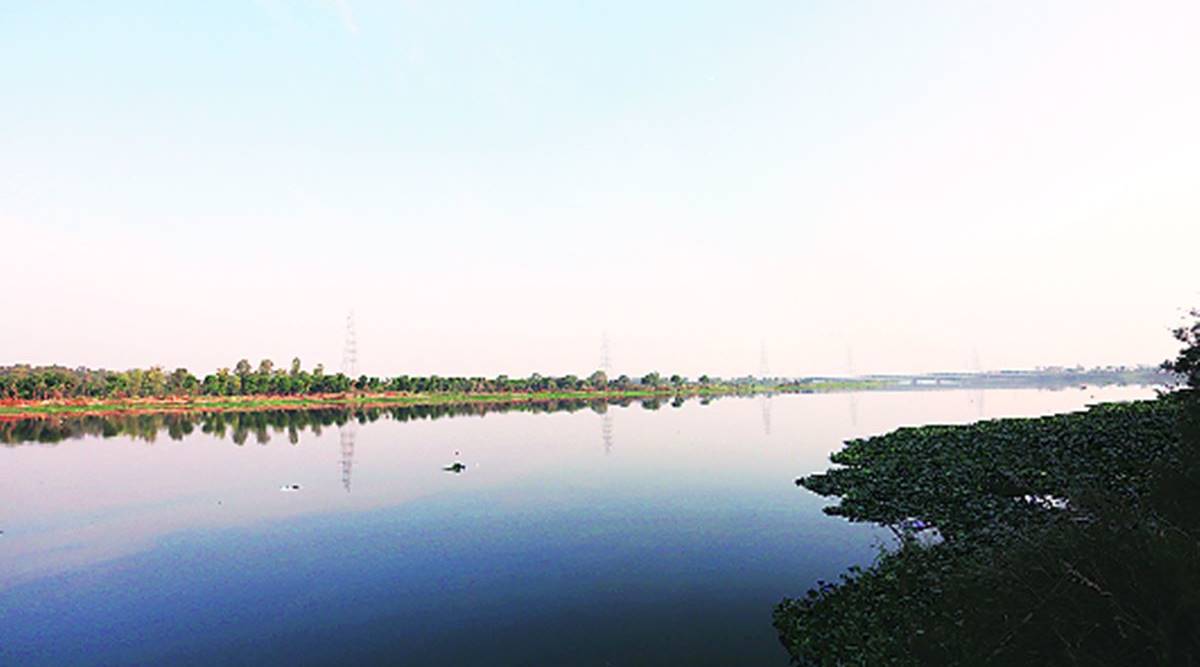 Yamuna receives a large volume of domestic sewage. (Express File Photo: Gajendra Yadav)
Yamuna receives a large volume of domestic sewage. (Express File Photo: Gajendra Yadav) The Haryana government has rejected a draft report by the National Institute of Hydrology (NIH) that recommended the state to release more water into the Yamuna to help its revival.
A draft report by the institute had stated that the river stretch between Haryana’s Hathnikund barrage and Delhi’s Okhla needs more water for maintaining its environmental flow (e-flow).
Haryana’s additional chief secretary of the environment and climate change department, in a response filed before the National Green Tribunal (NGT) on January 6, said the state was releasing 10 cubic metre per second (cumec) of water for maintaining e-flow from the Hathnikund barrage.
“The recommendation of NIH is nearly 300% of the existing e-flow of 10 cumecs and the state is completely in disagreement with the recommendations… as the implementation of the above proposal shall cause environmental disaster in Haryana… It is further informed that the matter has already been taken up by the state with the Ministry of Jal Shakti…to not to accept the report of NIH in this regard,” the response stated.
The study by NIH was commissioned in 2018 by the Central water ministry’s National Mission for Clean Ganga (NMCG). The draft final report was discussed in June 2020 in a meeting chaired by central water minister Gajendra Singh Shekhawat.
At present, a minimum of 10 cumec of water is released into the river from Hathnikund barrage — except in monsoon months between June and October when it is increased up to 298 cumec. The NIH study recommended that minimum flow of water be increased, from 23 cumec to 34 cumec during lean or non-monsoon months. Between June and October, the flow should be 44 cumec to 220 cumec. The recommendation is aimed at helping the river achieve its ecological functions, such as recharging ground water, supporting biodiversity and aquatic life, and providing for the needs of the population.
The Yamuna receives a large volume of domestic sewage and industrial waste, and almost all freshwater present in it is diverted for various consumptive purposes at the Hathnikund barrage, as per a report submitted by the Yamuna Monitoring Committee to the NGT in June.
Opposition to the NIH e-flow study was also made during a meeting last May by Haryana’s additional chief secretary of the irrigation department. He said there was an acute drinking water shortage in the state, and groundwater levels have gone very deep at 78 ‘over exploited’ blocks out of a total 121.